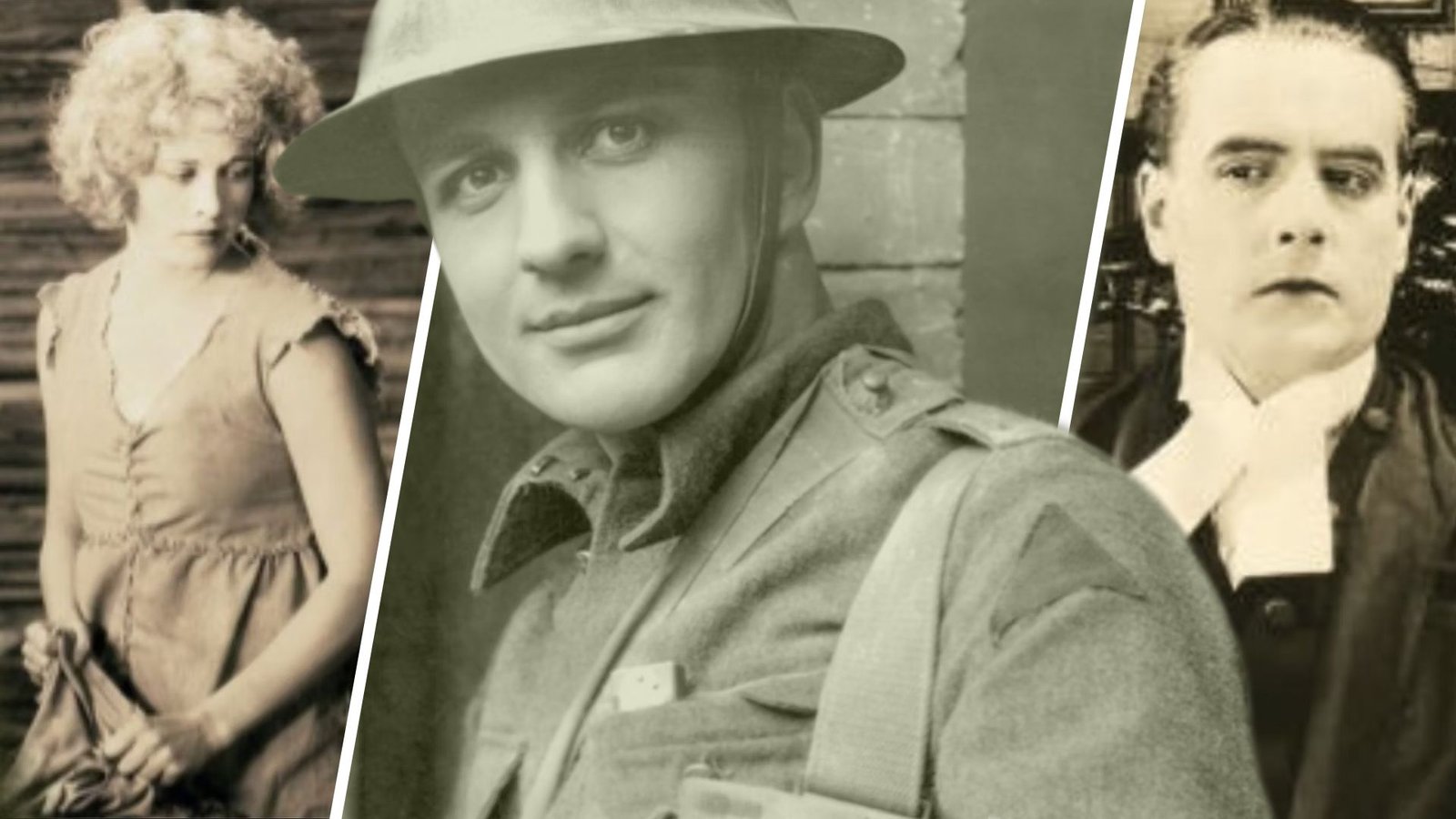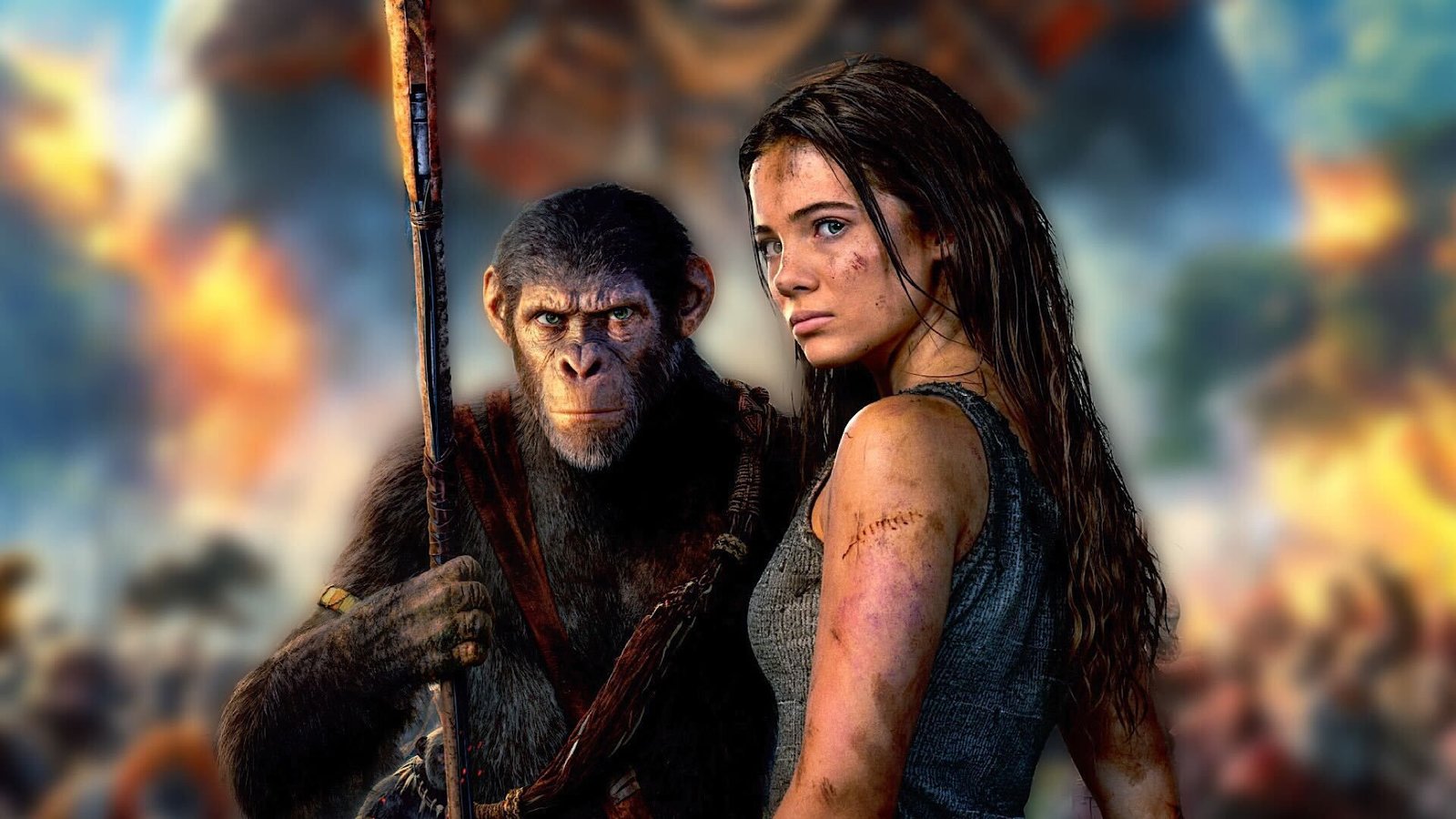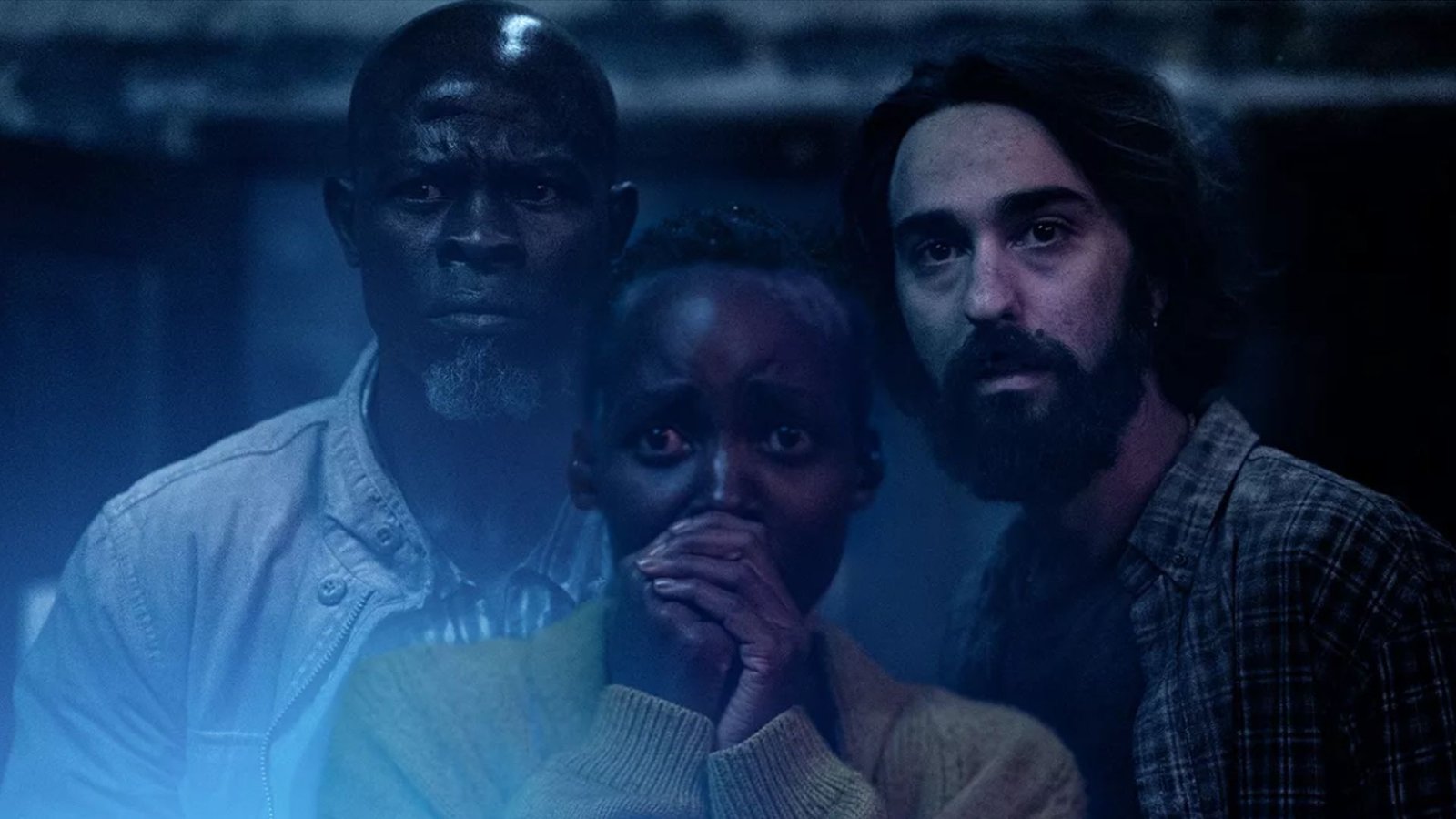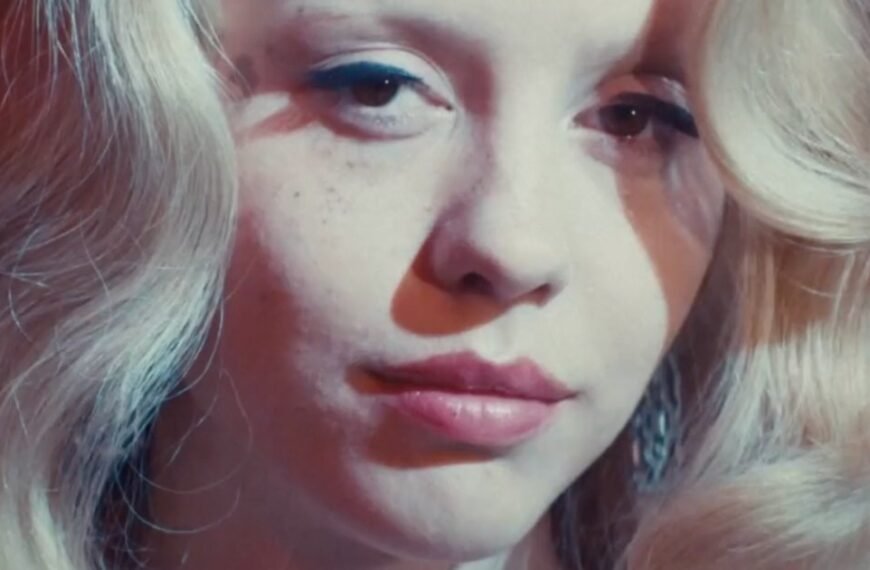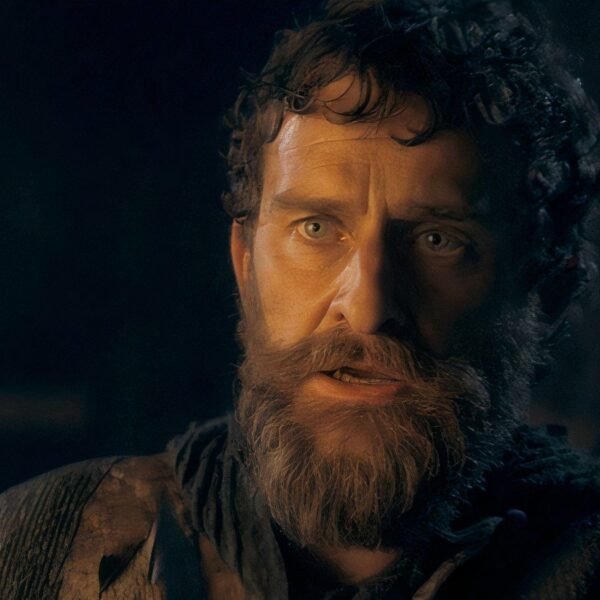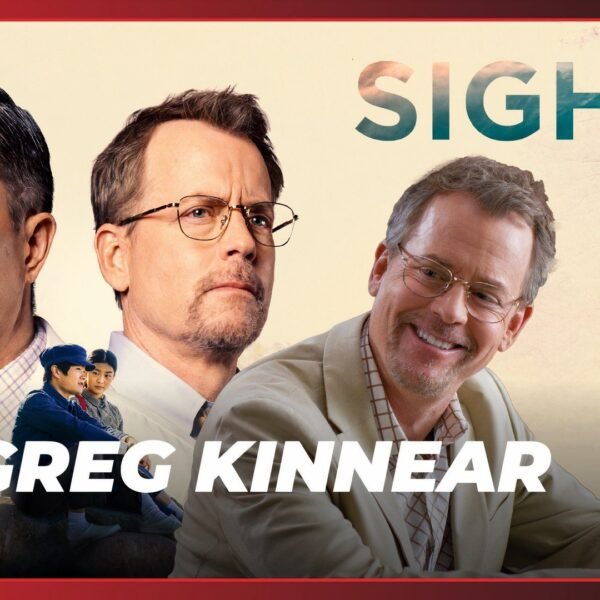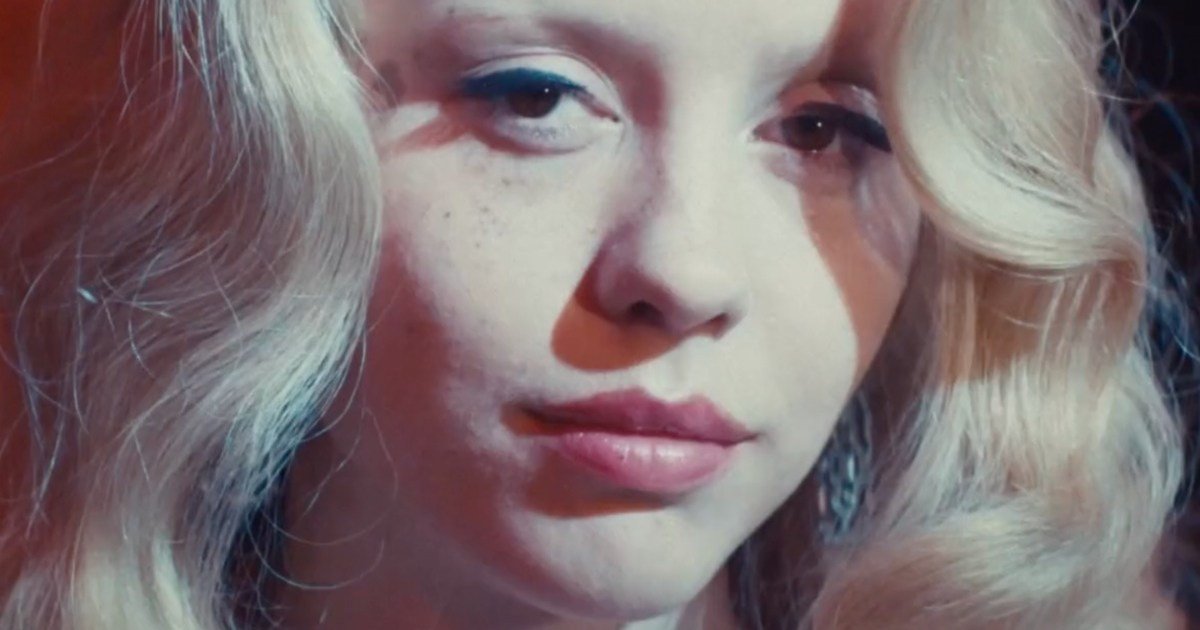Summary
- Silent war movies may lack sound, but they are still wildly entertaining and informative, covering various conflicts in history.
- Films like
Mademoiselle from Armentieres
and
The Four Horsemen of the Apocalypse
showcase powerful performances and anti-war messages. - Innovative filmmaking techniques were introduced in movies like
Napoleon
and
The Martyrdom of Nurse Cavell
, all while focusing on historical accuracy.
Sound is an essential part of war movies. From Black Hawk Down to 1917, numerous productions in the genre have won Oscars for Best Sound Mixing. Today, a war film that lacks gunshots, explosions, powerful monologues, and cries of anguish might seem dull. Yet, in the Silent Era (1910–1927), audiences had to settle for such cinematic servings because synchronized recorded sound hadn’t been invented yet. The best they could get was a few short quotes, thanks to intertitle cards.
Still, the viewing experience wasn’t as bad as fans of modern war movies might imagine. Despite lacking an essential ingredient, many of these films were wildly entertaining and informative. Understandably, the biggest portion of the supply covered World War I because the conflict took place during the quiet period of cinema. Others touched on the fighting that took place centuries earlier. While most of the movies were good, a few of them shine bright to this day because they tick many boxes regarding quality metrics.
10 Mademoiselle from Armentieres (1926)
British director Maurice Elvey was the ultimate symbol of prolificness, churning out at least three films every year. Among the 200 movies he made in his career was Mademoiselle from Armentieres, a love story featuring a spy and a soldier.
In it, British soldier Johnny (John Stuart) begins pursuing a local waitress nicknamed “Mademoiselle” (Estelle Brody), only to realize that she prefers spending time with a certain male customer. As expected, he becomes jealous and starts acting irrationally. Unknown to him, the waitress is a spy tasked with mining information from the suspicious man.
Estelle Brody’s Powerhouse Performance
Mademoiselle from Armentieres is the film that turned British actress Estelle Brody into a household name. She is outstanding in it, conveying charm, desperation, and joy with the required vigor. Additionally, she handles all her action scenes with great panache.
Though the film primarily touches on the dangers of assumptions and miscommunication, it impresses the most when the destruction and carnage begin unfolding. Unwilling to lose Johnny, Mademoiselle goes looking for him in the trenches and, while she is there, she is forced to turn into his sidekick. Scenes of the two characters dodging bullets while staring into each other’s eyes are beautiful to watch. Optimists will also be happy to know that the film has a heartwarming ending. Mademoiselle from Armentieres is available via the BFI National Archive.
9 Napoleon (1927)
Cineastes who were disappointed by Ridley Scott’s approach to Napoleon Bonaparte’s life story can always watch the Silent Era film about the legendary French ruler. Napoleon begins during the conqueror’s years in military school at Brienne-le-Château, before extensively diving into other details, notably his chaotic relationship with Joséphine de Beauharnais and the French Revolution. However, the iconic Battle of Waterloo is left out, as the film was to be one part of six total.
Revolutionary Filmmaking Techniques
Great camerawork is also essential in war movies, as there is the need to capture both the participants’ anguish and the landscapes’ beauty or decay. Well, Napoleon didn’t just have great visuals, it introduced many new filmmaking techniques.
The film is credited with introducing fluid camera motion at a time when most motion pictures relied on static camera shots. Other innovative techniques used in the biopic were fast cutting, point-of-view shots, a wide array of hand-held camera angles, and shooting on location, along with a plethora of novel editing techniques. Most importantly, no unnecessary creative liberties are taken. All of Napoleon’s conquests are narrated exactly as documented in history books. Buy Napoleon on Prime Video.
8 The Four Horsemen of the Apocalypse (1921)
Based on the similarly titled 1916 eponymous Spanish novel by Vicente Blasco Ibáñez, The Four Horsemen of the Apocalypse revolves around the descending members of a wealthy Argentine family who find themselves on opposing sides as World War I begins. Following the death of the patriarch, some members resettled in Germany, whereas others went to France. When the war breaks out, they are forced to prove their allegiance to their countries, a decision that causes them all to clash.
Iconic Scenes and Anti-War Messages
A great dance scene can easily secure a movie’s legacy, and Pulp Fiction is proof of that. But years before John Travolta and Uma Thurman wowed audiences with their dance at the Jack Rabbit Slim’s restaurant, Rudolph Valentino and Beatrice Dominguez did the greatest tango of all time. So wonderful is the scene that the viewer might easily forget that this is a sad film with near-apocalyptic levels of barbarity.
The Four Horsemen of the Apocalypse might have inspired a dance craze and the gaucho pant fashion fad, but that’s not all it has to offer. Regarded as one of the first essential anti-war movies, it shows how patriotism unfairly trumps morality in times of war. Throughout its running time, the film uses religion and philosophy to explain war. The closing remark sums it all up perfectly:
Peace has come — but the Four Horsemen will still ravage humanity — stirring unrest in the world — until all hatred is dead and only love reigns in the heart of mankind.
Stream The Four Horsemen of the Apocalypse on Tubi.
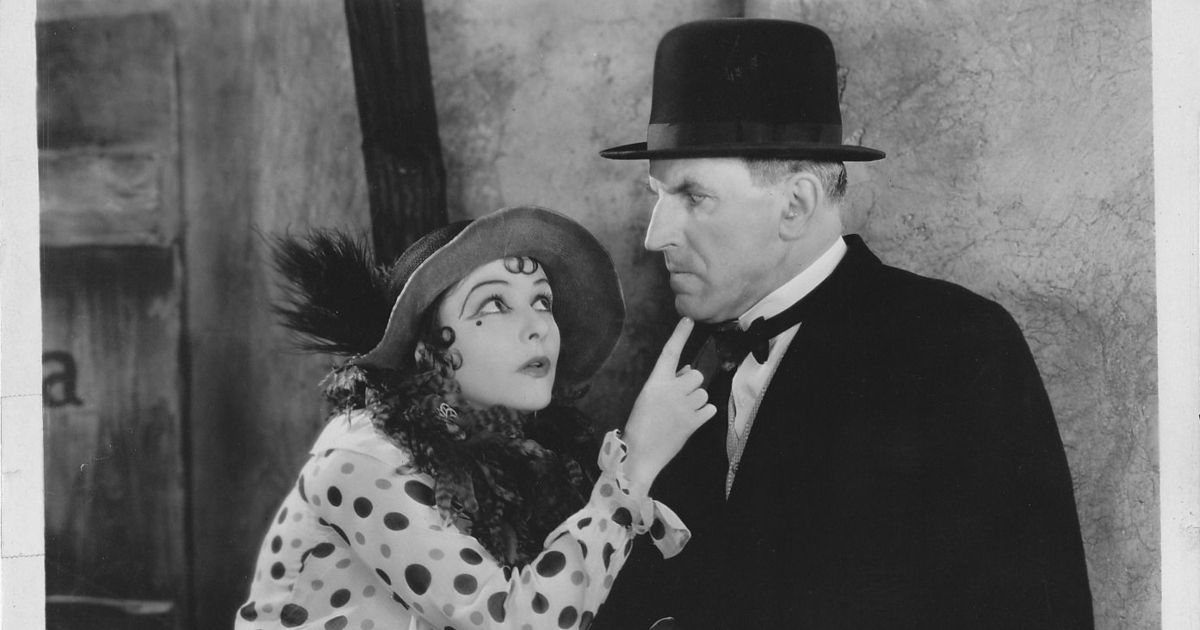
10 Silent Movie Stars Who Didn’t Make It in the Talkies
Some silent stars transitioned to talkies better than others.
7 Hard-Boiled Haggerty (1927)
In Hard-Boiled Haggerty, the American pilot Haggerty (Milton Sills) heads to France for a brief vacation after saving his squadron by shooting down an elusive German jet. There, he falls in love with a French woman named Germaine Benoit (Molly O’Day). When he takes her to the officer’s ball, his boss throws a snide remark in her direction, claiming he knows her past as an escort. This causes Haggerty to punch the man, resulting in him being court-martialed.
Love, Triumphs, and Feuds
The film presumably paints an accurate picture of the life of an Air Force pilot as it’s based on a short story written by WWI flying ace, Elliott White Springs. The vet shot down 16 enemy aircraft in his prime, but his tale is more about the little challenges and triumphs that someone in his position is likely to go through. The motion picture is, therefore, likely a more accurate depiction of the military experience at the time.
Hard-Boiled Haggerty’s third act even plays out like A Few Good Men, with several key revelations turning the tide in the protagonist’s favor. The court scene might be too brief for this to be considered one of the best courtroom dramas, but it sure leaves a great impression on the viewer. Hard-Boiled Haggerty is unavailable for streaming.
6 Shoulder Arms (1918)
Shoulder Arms is one of three war movies Charlie Chaplin made in his career, and it’s undoubtedly the best. In it, he plays Doughboy, a young man with dreams of becoming a war hero. Because he is blow-legged, timid, and clumsy, he struggles to impress senior officers during his boot camp days. Still, he miraculously makes it to the trenches, where he realizes that life as a soldier is a lot harder than he imagined.
Inserting Slapstick Routines into Tragedy and Mayhem
The film brilliantly walks the fine line between humor and brutality by having authentic-looking sets and lots of Chaplin’s usual silliness. “After you!” he tells a fellow soldier when the squad is ordered to go over the trenches and confront the enemy. While funny, the moment highlights both the desire to be a war hero and the fear that any human is likely to feel. And in what is arguably the best scene, he wanders off alone and returns with 13 captured soldiers belonging to the Central Powers. When he is asked how he pulled it off, he says (via the title cards), “I surrounded them.”
Like every other Chaplin film, there is also plenty of creativity when it comes to the tiny things. For example, instead of a character using a bottle opener, they simply hold the soda above the trench wall, and a random flying bullet does the job. Additionally, Doughboy’s uniform has various weird modifications. It has an egg beater, a coffee pot, and a mousetrap for the pesky vermins that won’t let him take a nap. Stream Shoulder Arms on Max.
5 Wings (1927)
Wings was later re-released with synchronized sound, but the original version remains preferable to many. The film centers around a love triangle involving David Armstrong (Richard Arlen), Jack Powell (Charles “Buddy” Rogers), and a woman named Mary Preston (Clara Bow). Mary adores David, but she is in a relationship with Jack, so she tries to figure out how to navigate the love-related quagmire. Both men join the Army Air Service as combat pilots when the Great War begins, and their time in the skies ends up changing their lives forever.
Best Picture Winner
The World War I thriller is best remembered for winning the inaugural Oscar for Best Picture, as well as being one of Gary Cooper’s most important early film roles. From the aerial dogfights to Dick Grace’s memorable rope ladder stunt, there is no shortage of awe-inspiring things about Wings.
Apart from creating a template for future aviation-themed war movies, it elevated itself above other sIlent \films by having a wild ending. During the Battle of Saint-Mihiel, one of the two main pilots gets shot down and then steals a German fighter jet only for him to be shot by the other in a wild case of mistaken identity. It’s a tragic ending, but it’s one that stuck with many as it debuted in theaters. Rent Wings on Apple TV+.
4 The Martyrdom of Nurse Cavell (1916)
The Martyrdom of Nurse Cavell tells the touching story of British nurse Edith Louisa Cavell (Vera Pearce). During World War I, she made headlines for treating soldiers from both the Central Powers and Allied Powers without discrimination. She became even more controversial after helping 200 Allied soldiers to flee from German-occupied Belgium. Because of this specific action, the Germans captured her, tried her, and executed her, much to the disapproval from those the world over.
Highlighting the Contributions of Women in the Great War
Most films from the Silent Era have women as lovers as damsels in distress, so The Martyrdom of Nurse Cavell glows in the dark by telling a story where a woman is helping men, instead of the other way around. Furthermore, the film reminds audiences that even though women weren’t holding guns, they made plenty of contributions during the war. For Nurse Cavell, the situation is always bleak, yet she never sheds a tear or wallows in despair.
Better yet, the film also ends with one of the most touching quotes in cinema history. Before her execution, Cavell declares:
Tell my friends I give my life willingly for my country. I have no fear. I have seen death so often, it is not fearful or strange to me.
The Martyrdom of Nurse Cavell is available via the BFI National Archive.
3 The Big Parade (1925)
The Big Parade traces the metamorphosis of the wealthy idler Jim Apperson (John Gilbert). At the beginning of World War I, he refuses to enlist as he’d rather sit at home all day, but he changes his mind after getting a dressing down from his mother and bumping into a group of young men who are enthusiastic about the war. Sent to the trenches in the French countryside, he befriends his working-class bunkmates and falls for a French girl. Sadly, the horrors of war become too much for him to bear.
An Action-Packed Second Half
The film’s first half is merely all build-up. The second half is its best section, as it contains some of the greatest battle sequences ever seen. One of these sees Jim and his fellow soldiers advance into enemy territory via a forest. As they move, a sniper keeps targeting them, but the march never ends. The soldiers never spend too much time crying over the injured. Because of this scene and many more, it became the second-highest-grossing film of the Silent Era, only surpassed by The Birth of a Nation. Its gradual descent into disillusionment is one that has to be seen to be truly felt. Rent The Big Parade on Apple TV+.
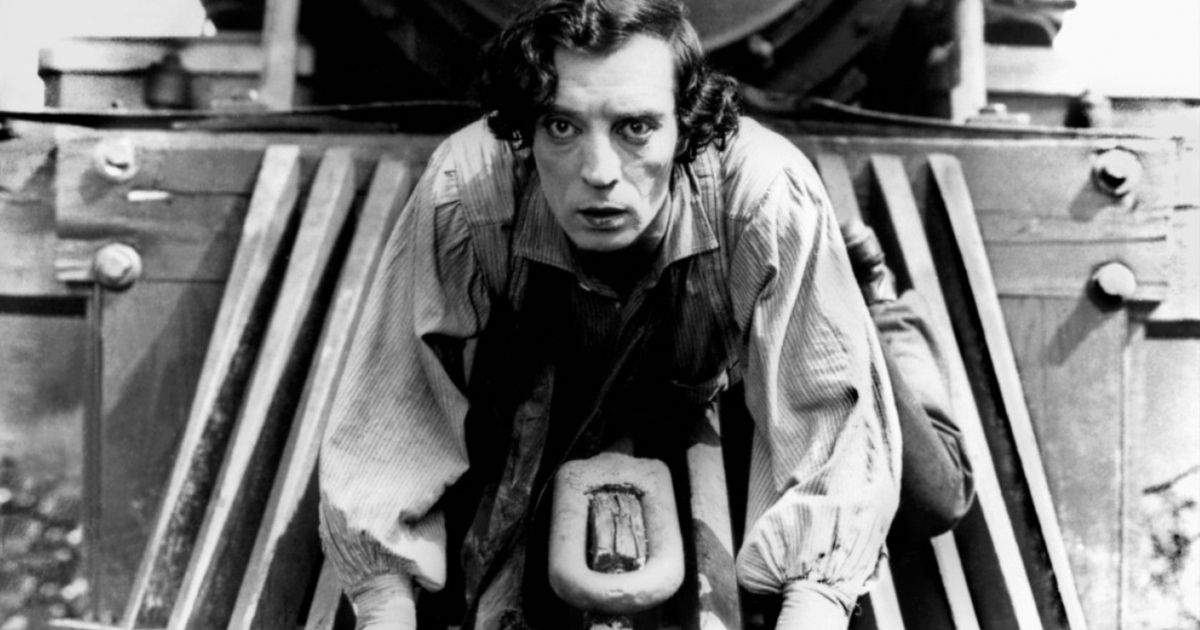


10 Best Silent Films Set on Railroads
Of all the wonderful railroad films that came out during the Silent Era, the following are the most worthy of viewing.
2 The Legion of the Condemned (1928)
Heartbreak often drives people to make the most baffling choices. The Legion of the Condemned’s protagonist, Gale Price (Gary Cooper), is proof of that. After finding his lover, Christine (Fay Wray) in an intimate position with a German officer, he volunteers to join the deadly French Air Force unit known as La Fayette Escadrille. Its members rarely make it back home, but Price signs up anyway. His first task involves dropping a French spy off in German territory. When he gets into his plane, he realizes the agent is none other than Christine.
Assembled from the Leftovers of Wings
According to historian David Pierce, The Legion of the Condemned used plenty of footage cut from Wings. Given how marvelous the Best Picture-winning film was, it’s not surprising that the newer film also turned out great. Moreso, it was written by John Monk Saunders, a former WWI flight instructor.
Besides that, the film benefits from the meticulousness of its director, William A. Wellman. He gives each character a time to shine and never throws in a scene that doesn’t fit the plot. The work done by actor Gary Cooper cannot be understated either. Having played a supporting role in Wings, he shines here as the leading man by perfectly nailing the mannerisms of a character who is both heartbroken and fearless. Buy The Legion of the Condemned on Prime Video.
1 Carry On, Sergeant! (1928)
Carry On, Sergeant! paints a harsh picture of both love and war. In it, Bob Mackay (Hugh Buckler) enlists for the army at the start of the war, and as he is in Europe, he meets and falls in love with a French tavern worker named Marthe (Louise Cardi). He becomes intimate with her, only to be overcome with guilt. But as he is processing it all, he gets shot in battle.
Taboo Territory
When it first came out, Carry On, Sergeant! was widely criticized for featuring an affair between a sex worker and a soldier. In the eyes of the public, soldiers were honorable people who didn’t necessarily partake in such affairs. The criticism was indeed unfair, since the movie had avoided the discriminatory route that many projects of its kind had stuck to. Marthe is just as deserving of love as any other woman.
It’s implied that the protagonist feels so guilty because he is also driven by prejudice. Feeling regretful, he loses focus on the battlefield and gets himself killed. Apart from that, the film is strong in all other relevant areas, notably the action, the general plot, and the exploration of combat practices, all while serving as one of the most expensive Canadian films to be produced at the time. Buy Carry On, Sergeant! on Prime Video.


